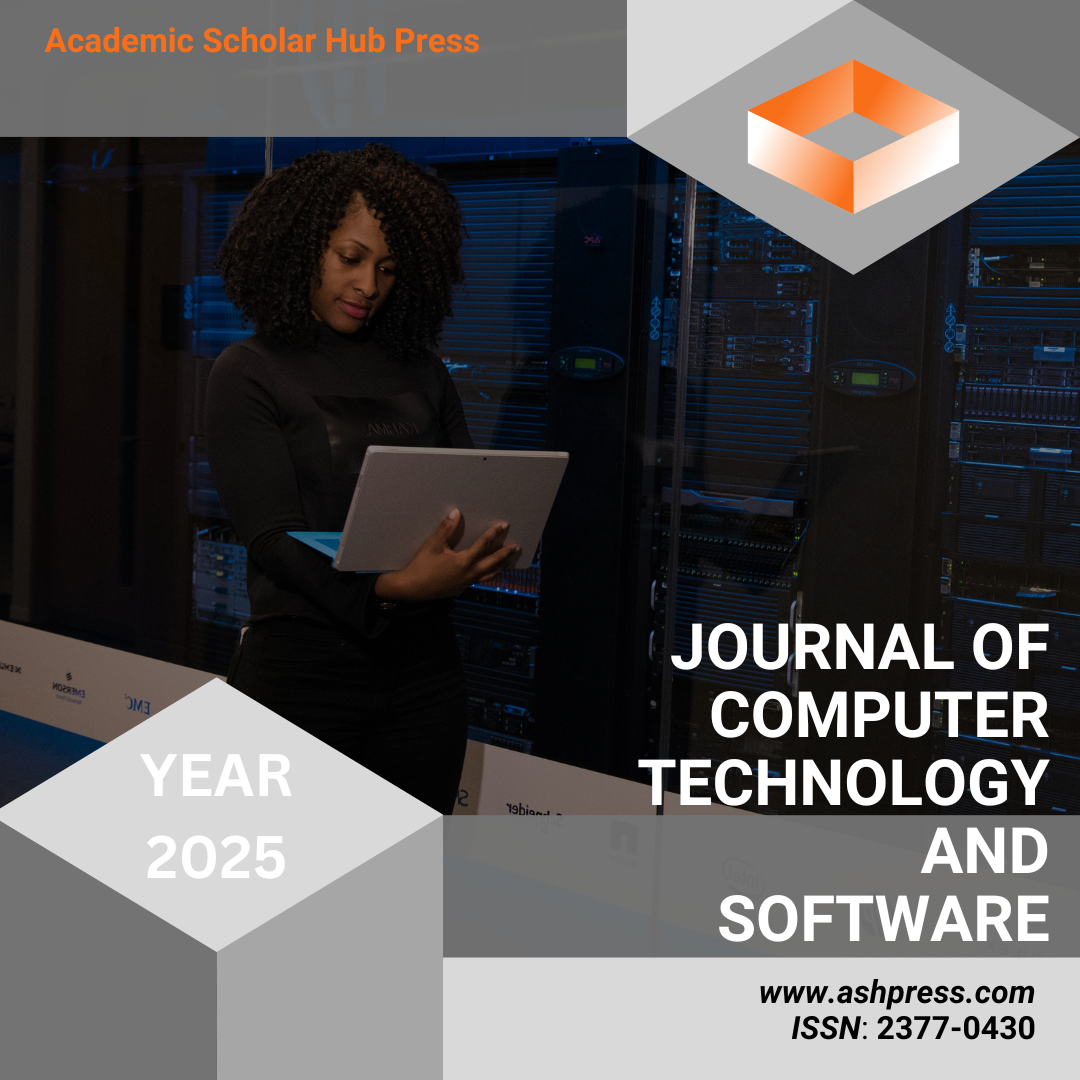Published 2025-01-30
How to Cite

This work is licensed under a Creative Commons Attribution 4.0 International License.
Abstract
This study focuses on the spatial hierarchical input modality of voice control, aiming to explore its application potential and actual performance in human-computer interaction. By designing experiments on voice command recognition accuracy, spatial hierarchical interaction efficiency, and subjective evaluation of user experience, the accuracy, interaction efficiency, and user satisfaction of voice control in hierarchical tasks were systematically evaluated. The experimental results show that voice control performs well in quiet and slightly noisy environments, with high recognition accuracy and low response time, and it also receives positive evaluations in terms of user ease of use and satisfaction. However, in noisy environments and highly complex hierarchical tasks, the recognition accuracy and interaction efficiency are subject to certain limitations, reflecting that the voice recognition system still needs to be further optimized in terms of robustness and adaptability. Based on the experimental results, this study proposes a future direction to improve system performance by improving the voice feedback mechanism and multimodal interaction fusion. The research results not only provide theoretical support for the practical application of voice control but also provide new perspectives and ideas for the further development of contactless human-computer interaction technology.
